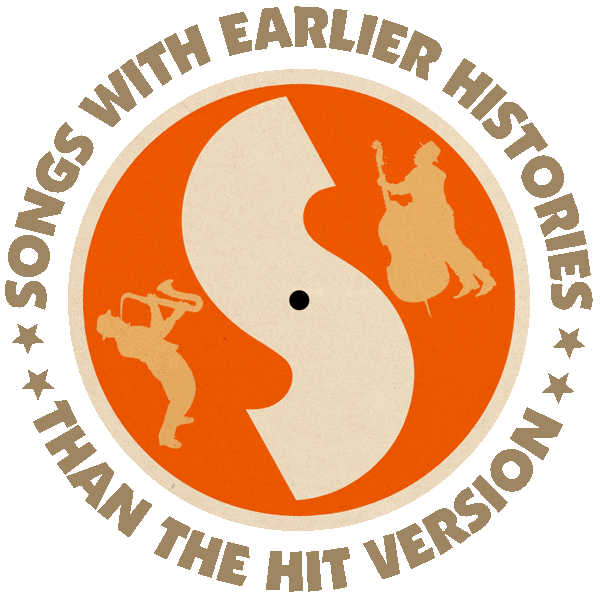First recorded (as the instrumental “Candlelight Cafe”) by Bert Kaempfert (1959 |1962).
Hit version by Wayne Newton (US #13/MOR #3 1963).
From the wiki: “‘Danke Schoen’ was composed by Bert Kaempfert (‘Spanish Eyes’, ‘Strangers in the Night‘) and was first recorded as a jazzy instrumental titled ‘Candlelight Cafe’ in 1959 with Ladi Geisler on guitar, and again in 1962 in an ‘easy listening’ arrangement. Kurt Schwabach wrote the German lyrics.
“The song gained international fame when, in 1963, Milt Gabler wrote English lyrics and 21-year old singer Wayne Newton recorded an American version. The song was originally intended for singer Bobby Darin as a follow-up to his hit single, ‘Mack the Knife’, but after seeing Newton perform at the Copacabana, in Las Vegas, Darin passed the song along to Newton, transposing the arrangement to fit Newton’s voice. ‘Danke Shoen’ became Newton’s first US Top-20 hit.

